
The ecliptic, as astronomers call it, is the apparent path of the sun against the background of the stars in the sky.
It’s useful because it tells us how to find the planets in the sky. They can be hard to spot if you don’t know where to look, but they will always be somewhere along one imaginary line that arcs across the sky—the ecliptic.
This pattern never changes. The planets don’t follow the ecliptic exactly, but it’s useful for getting an idea of where they should be.
But why does it work—and what exactly does it mean, when it’s obvious we can’t see the sun among the stars of the night sky?
Let’s start with what exactly the ecliptic is. How can we know where it is if we can never see the sun at night?
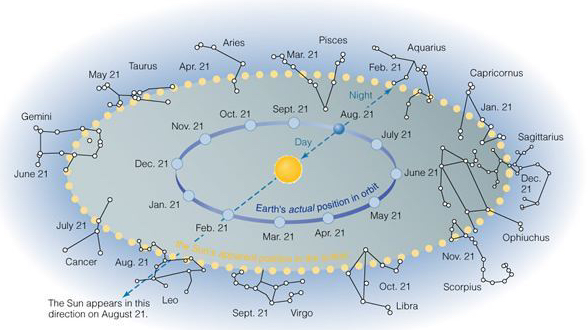
Imagine the stars as divided up into constellations. Have you ever turned on a planisphere and seen projections of the stars on your ceiling? Imagine those constellations surrounding the Earth like a giant sphere.
In the diagram above, the little blue dots represent the Earth at different times on its orbit. The little yellow dots represent where the sun is in the sky. For example, in August, looking at the sun means looking in the direction of the constellation Leo, on the other side of the constellation sphere.
We can’t see the constellations when we can see the sun because its light drowns out all the light from other stars. But we know where the sun would be among the constellations because we can draw maps of where the constellations are, even though we can’t see them.
Knowing where the sun is among the constellations means we can draw our imaginary line of the ecliptic, using a rough guess of where it should be in the sky.
But the ecliptic also helps us find the planets in the sky. How does that work?
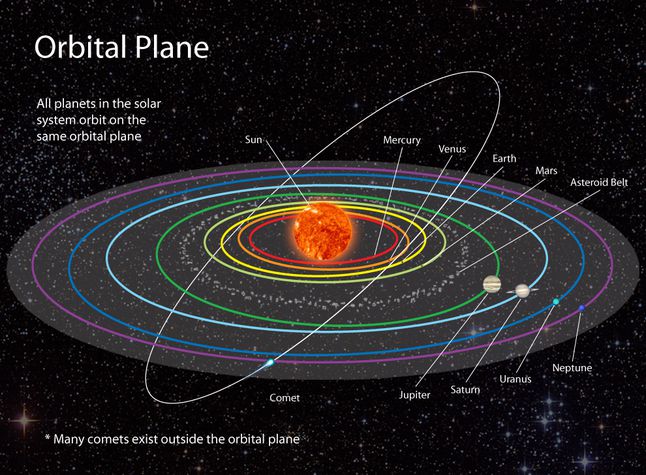
The planets are predictable because they all fall into about the same plane of motion in the solar system. The solar system looks a bit like a huge, flat disk. The orbits aren’t perfect and don’t make a perfect disc, but it’s good enough.
But how does this help us?
Think of it this way. We track the sun’s motion around the sky, but it doesn’t actually move. It appears to follow the ecliptic because Earth follows the ecliptic. Because the planets orbit in the same plane as Earth, they follow the ecliptic, too.
That’s why we can predict where the planets will appear in the sky at any one time.
We say that the sun and planets appear “in” the constellations along the ecliptic, but this isn’t really true. That’s where they appear in the sky, and the constellations make it easy to map out the sky and find them.
But really, the sun is 93 million miles away from Earth. The closest star to the solar system, Proxima Centauri, is over four light years from Earth. The sun and the constellations aren’t close to each other at all.
The motion of the sun along the ecliptic is not to be confused with Earth’s rotation, which causes day and night.
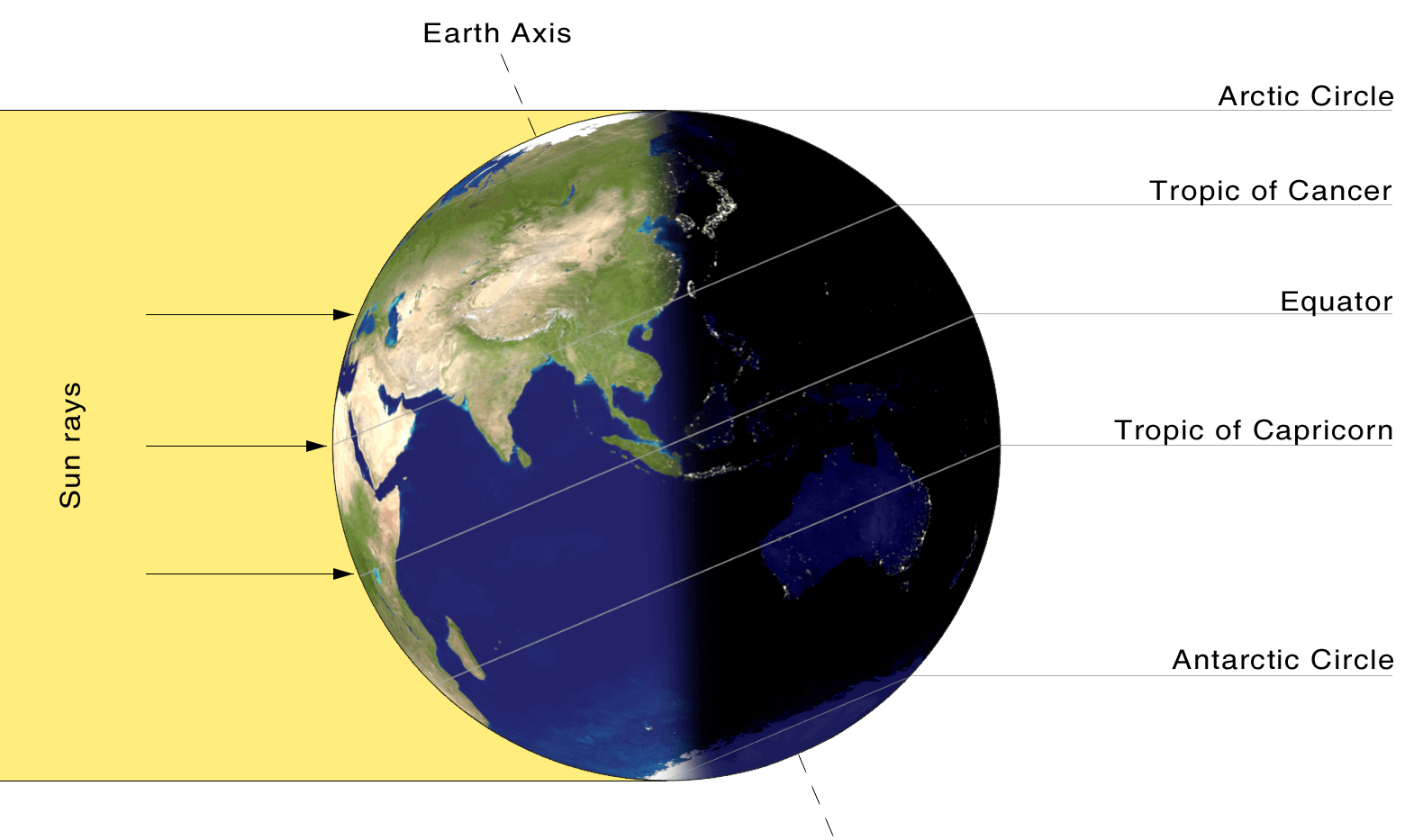
Day and night happens because the sun always shines on one half of the Earth’s surface. That half experiences daytime, and the other half is plunged into night. Notice that the tilt of the Earth always keeps one of the poles entirely in darkness. This is why the Arctic and antarctic have such long days and nights.
Because Earth rotates eastward, the sun appears to move westward around the sky. To see why this happens, wrap one hand around your fist and rotate your fist in your grasp. You’ll notice that your hand appears to move in the opposite direction, even though your fist is the one moving.
You can remember this by remembering that the sun sets in the west. In many movies, the hero rides off into the sunset.
So, we know that the planets can all be found on the ecliptic, that imaginary line we can draw in the sky. But how do we know where on that line to look, and why can we see them at all?
The planets emit no light of their own. They look like stars in the sky because they reflect the sun’s light. Have you ever shone a flashlight on a mirror and gotten blinded for a minute when it bounced back to your eye? It’s the same idea.
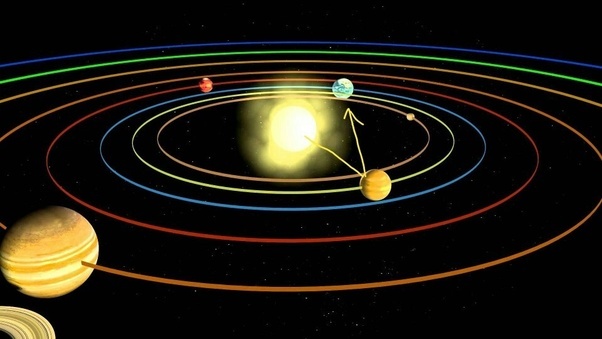
This image illustrates what happens. For a better idea of why light from the sun reflects off of objects so we can see them, think of the way the sun reflects off of ice and makes it blindingly bright. The brighter the planet’s surface, the more light reaches our eyes and the better we can see it.
In fact, everything in the world we can see, we see because light reflects off of it and reaches our eyes. That’s just how our vision works. We couldn’t see anything at all if light didn’t reflect.
Two planets that we can see especially well are Venus and Jupiter. Venus has very bright clouds that reflect light, and it’s also very close to us, so it makes sense that it would be visible. Jupiter is farther away, but also has more surface area to reflect light. And it has a bright, reflective surface too.
We can also see Mercury, Mars, and Saturn, though they’re a bit fainter. We can’t usually see Uranus because it’s too faint, and Neptune is never visible. It’s simply too dark and too far away.
Here’s what Mercury and Venus would look like in the evening.
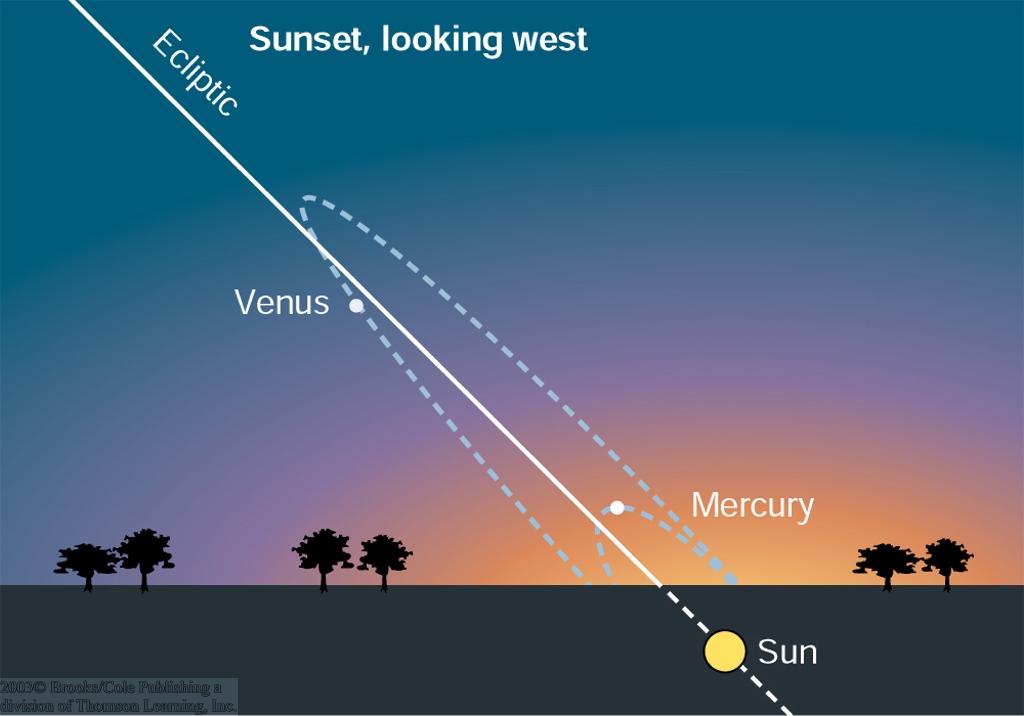
As you can see, they’ll always be right near the ecliptic. But only the planets outside Earth’s orbit move across the whole ecliptic. Mercury and Venus orbit so close to the sun that they will always stay near the sunrise and sunset.
This image also has their orbits drawn in, so you can get a better picture of what’s happening. Imagine that you’re standing on Earth and looking towards the horizon, towards the center of the solar system.
Something similar happens when Mercury and Venus are in the morning sky:
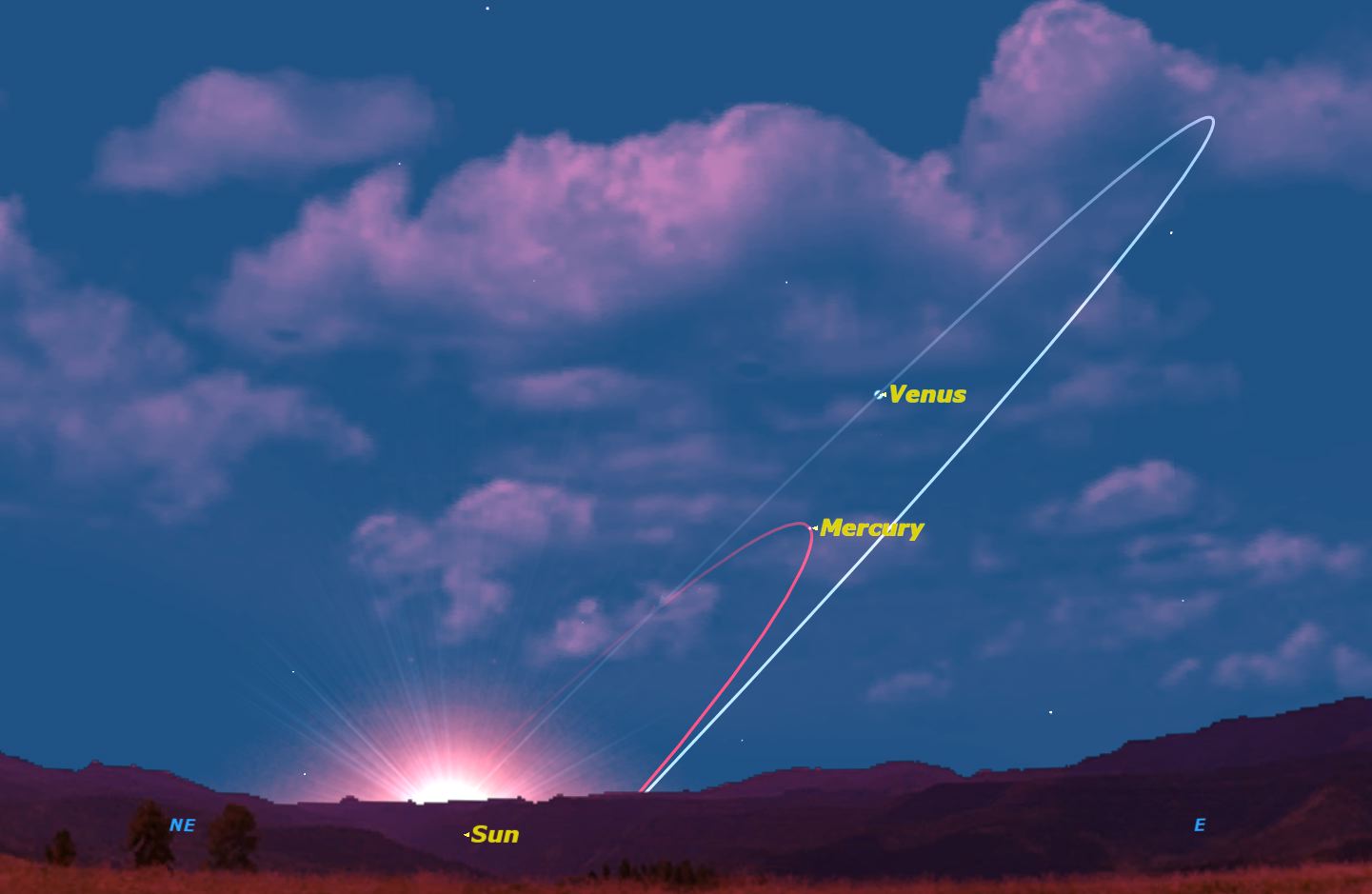
Here, the Earth has rotated around so that we’re looking at the sun from the other side of the planet. Now we can see the other half of Mercury’s and Venus’s orbits.
Now you can see why these two stars slowly inch their way up from the horizon, only to set again. They never make their way across the sky. That’s because during the night, we can only see objects that are outside of our orbit around the sun.
We can only catch sight of morning and evening “stars” like these when we’re still facing toward the sun, but it’s not bright enough to drown out the other objects in the sky.
Mercury and Venus are not stars, but we call them morning stars and evening stars by tradition. A morning star is any planet visible in the sky shortly before sunrise, and an evening star is any planet visible shortly before sunset.
Next up, I’ll talk about why we have seasons!